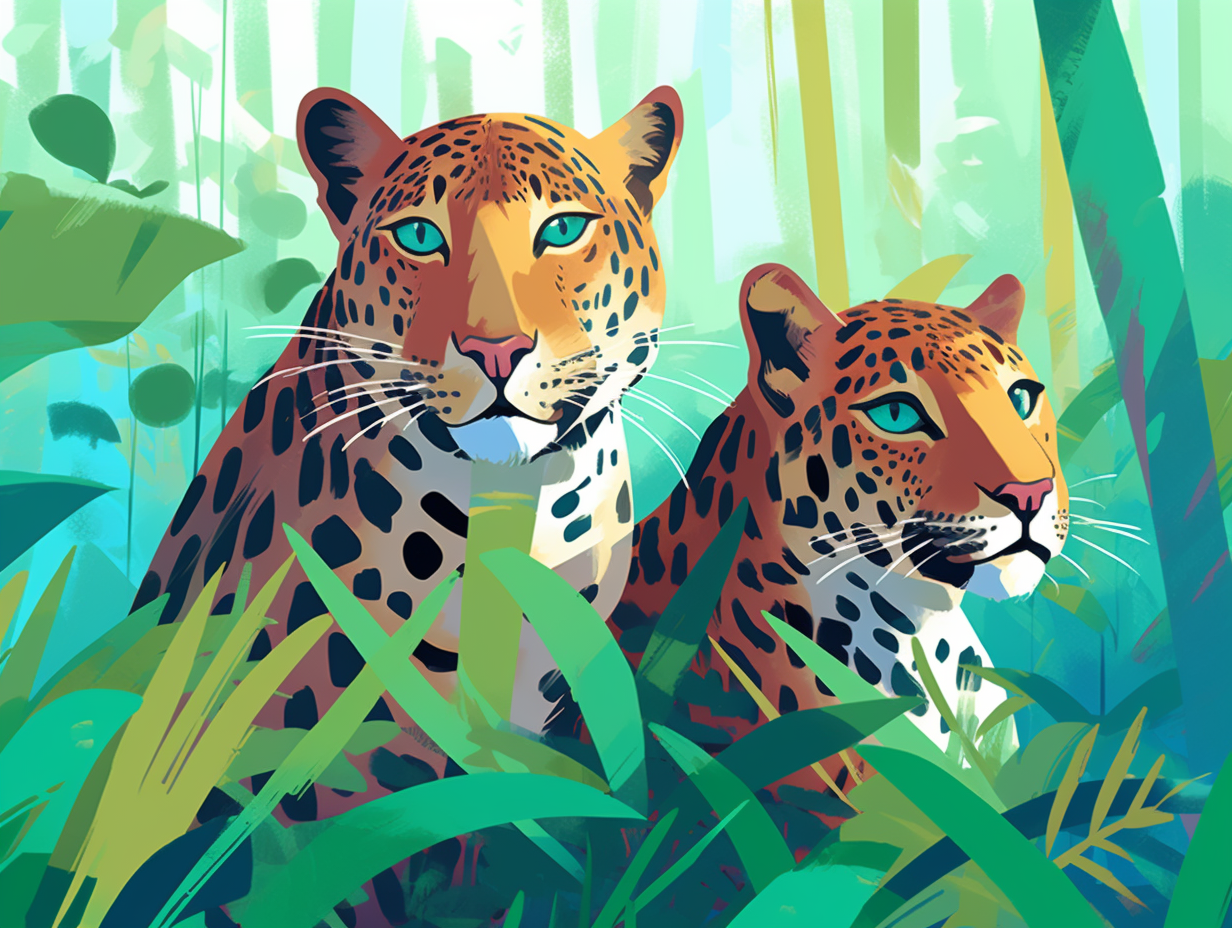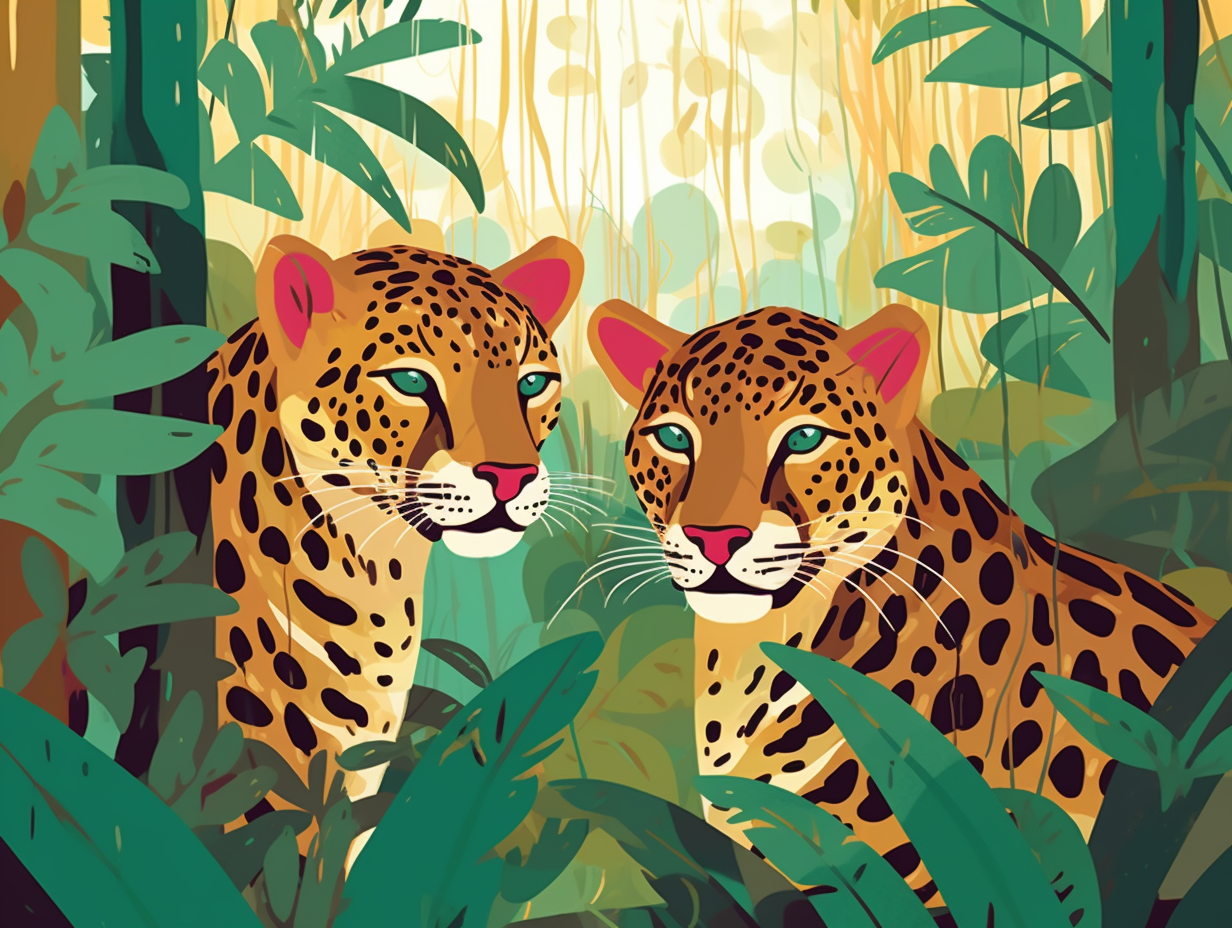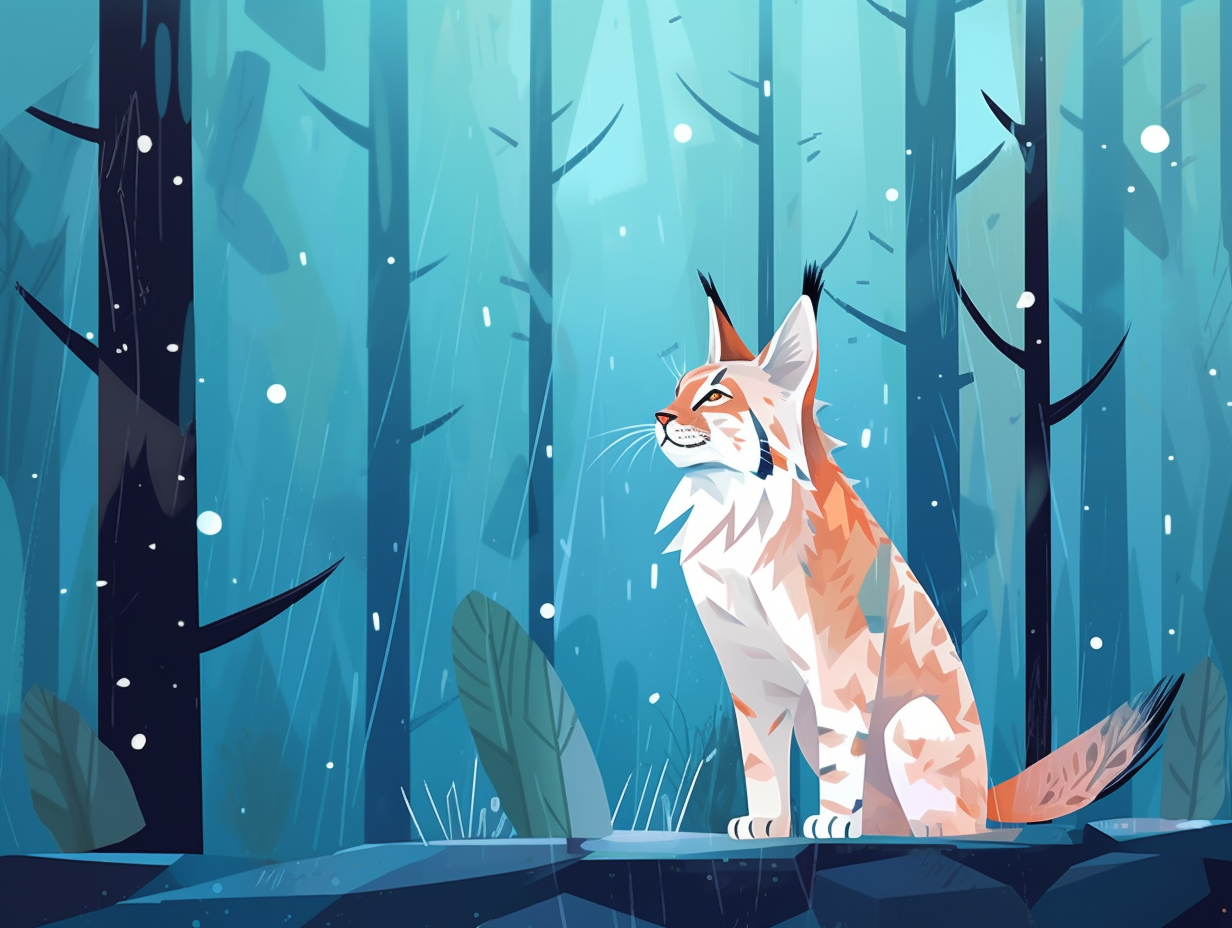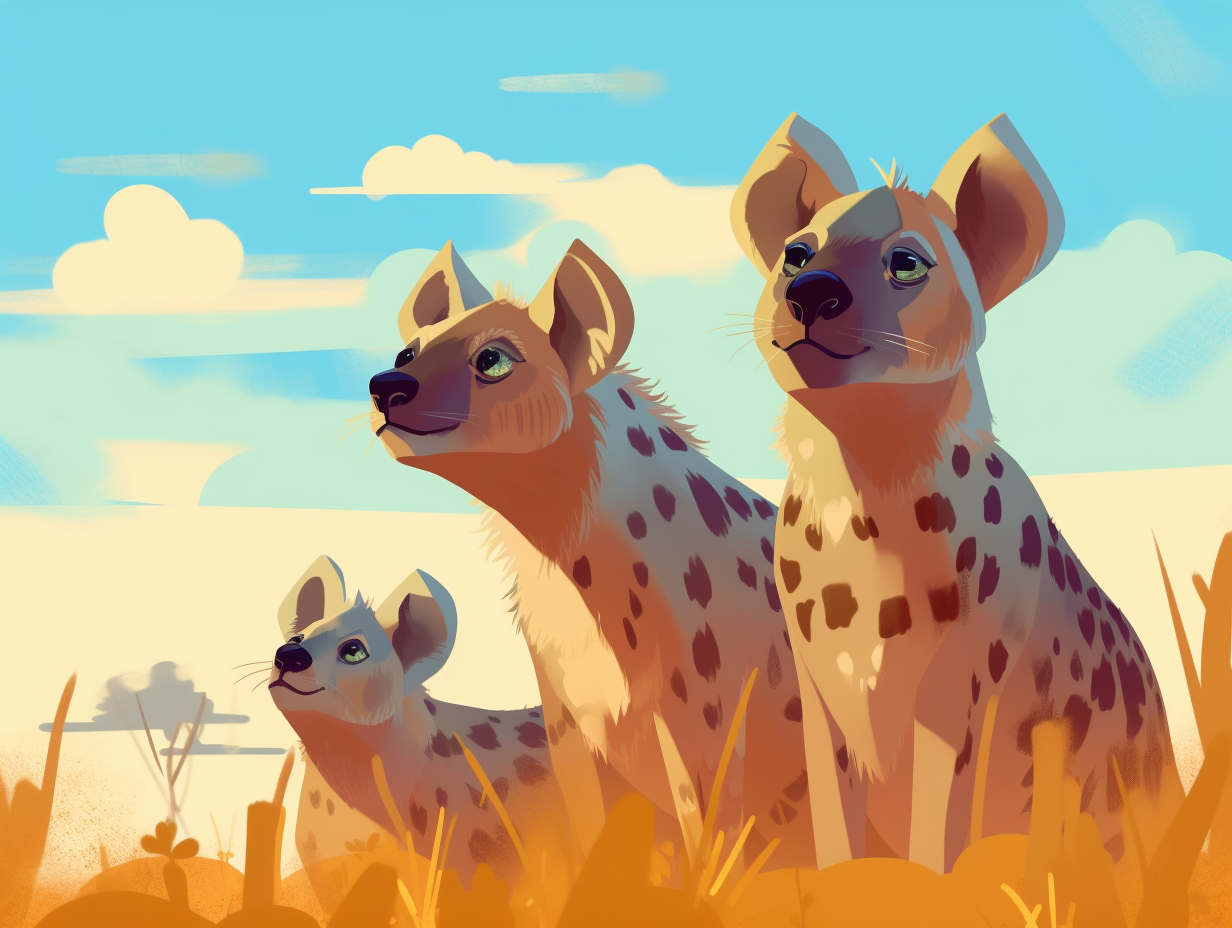Discover the Prehistoric World: Top 12 Fun and Fascinating Facts About Saber-Tooth Tigers!
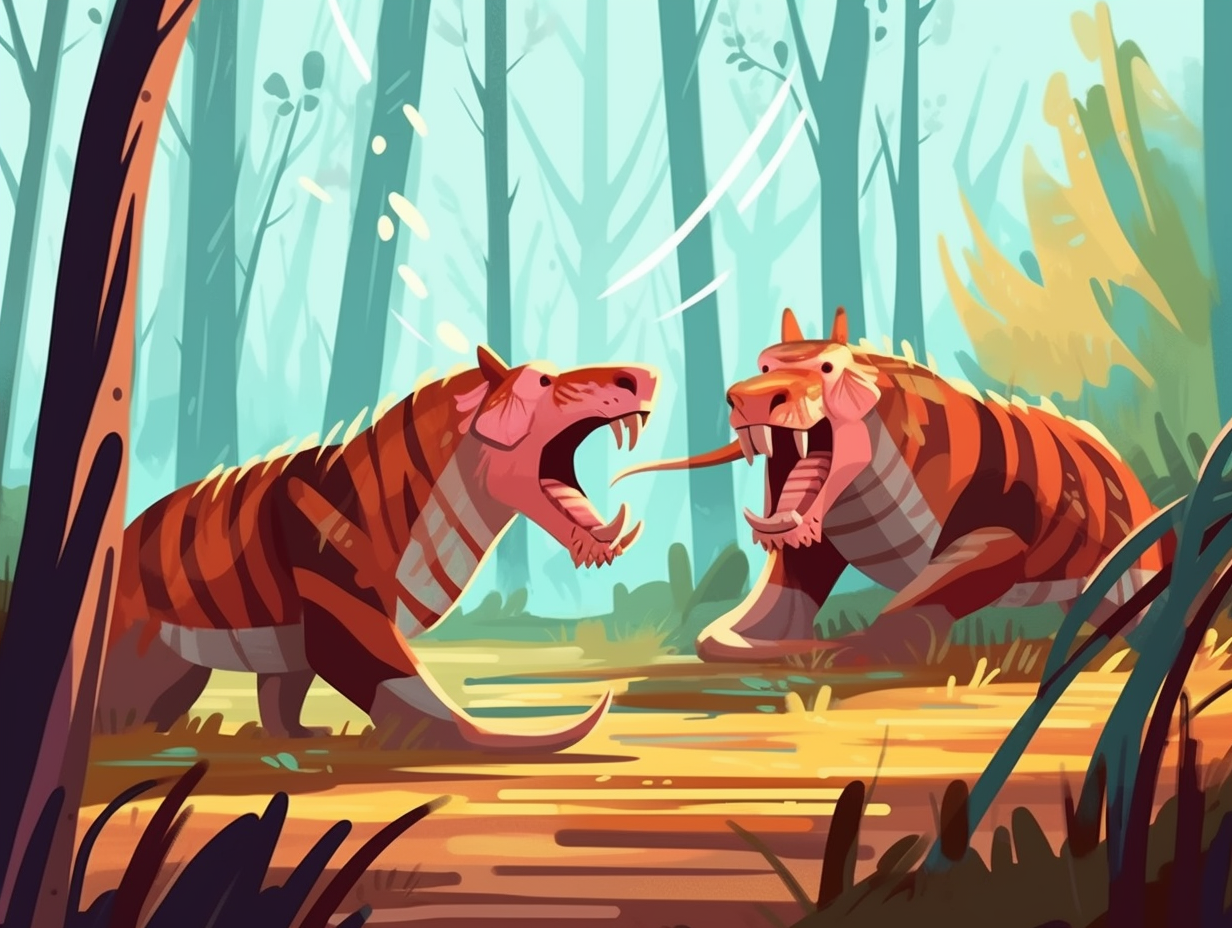
1. Dental Commitment and Evolution
Smilodon got its saber-shaped teeth through sheer dental commitment – they practiced their sword swallowing daily, or maybe it was just evolution: Sabre-Toothed Cats, like Smilodon, were actually a sub-family called Machairodonts, not closely related to modern-day tigers or other cat species; with fossils like those in California's La Brea Tar Pits showing they lived in territories, had adapted jaws, and possibly cared for injured group members.
Source => blog.everythingdinosaur.com
2. Mountain Lion Couture
Forget the stripes, it's mountain lion couture: Saber-toothed tigers, like the Smilodon, lacked the trendy vertical stripes found on modern tigers, instead sporting a more discreet coloration similar to that of a mountain lion due to their shrubby chaparral habitat.
Source => blogs.scientificamerican.com

Discover how tigers become the ultimate nighttime ninjas, equipped with eyesight six times better than humans for successful nocturnal hunting escapades! 🐯🌙
=> Fun Facts about Tigers
3. Stealthy Forest Hunters
Oh, what a tangled web we weave when first we practice to deceive – or, in the case of saber-toothed cats, to sneak up on dinner: These prehistoric feline-menaces actually favored stealthy forest hunting over open grassland galloping, feasting on tapirs and deer that roamed beneath the shady canopy.
Source => smithsonianmag.com
4. Vampire Cat Dracula
Just imagine if Dracula had a pet cat and accidentally turned it into a vampire: meet the saber-toothed tiger! Smilodon fatalis sported massive, flat canines that punctured the vital areas of its large, slow-moving prey, weighed between 350 to 620 lbs – making it larger than lions, and roamed from North to South America during its reign.
Source => igws.indiana.edu
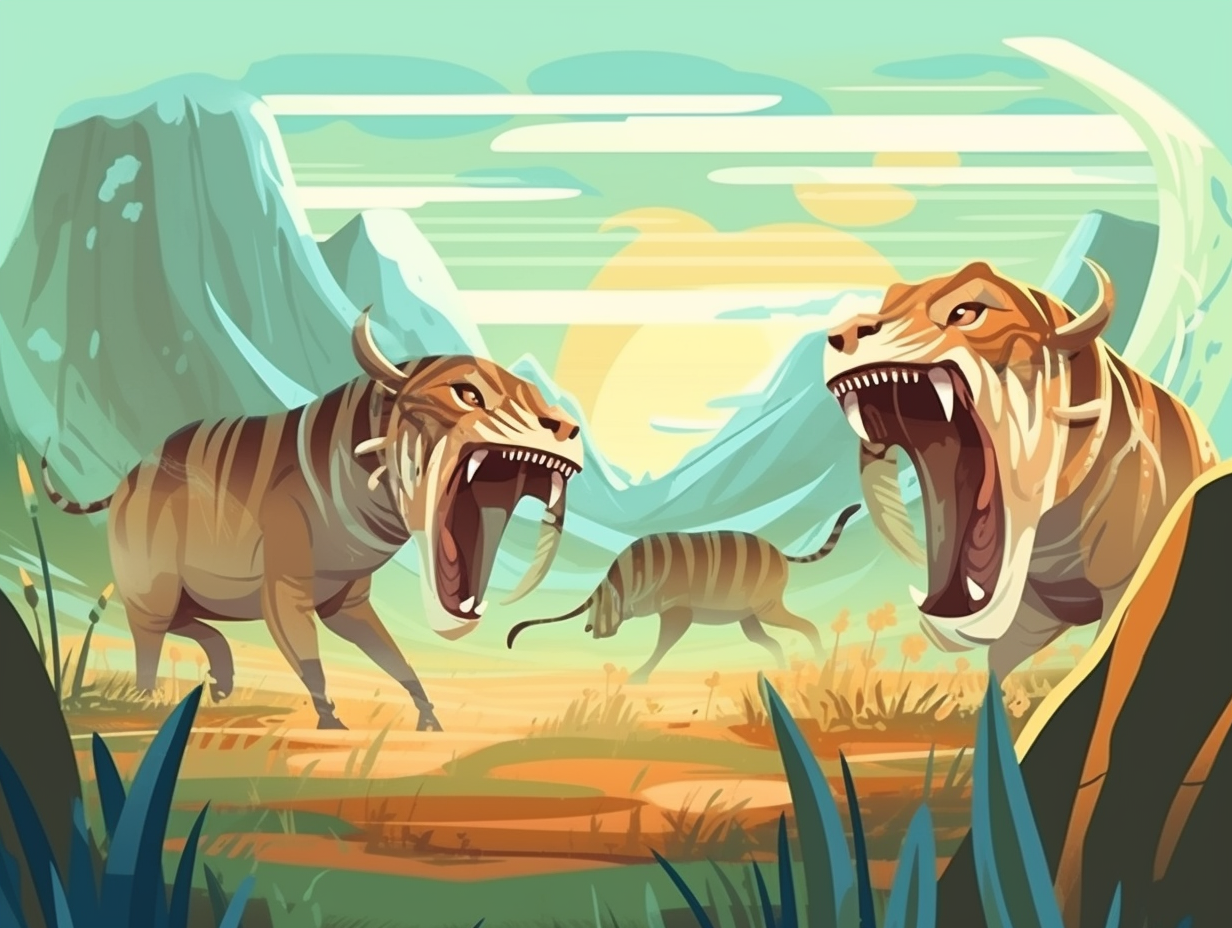
5. Not Related to Modern Cats
Hold on to your whiskers, feline fanatics: Saber-toothed cats aren't your household tabby's long-lost ancestors! These fearsome prehistoric chompers went extinct, leaving modern cats to evolve into a completely separate and equally adorable branch of the family tree. But don't be too heartbroken - these ancient kitties could still pull off a lion-like roar, thanks to their hyoid bone shape, making them distant meow-sical cousins to your precious furball.
Source => hoopermuseum.earthsci.carleton.ca
6. Bear Hugs and Deadly Fangs
Sometimes you just need a good bear hug, but saber-woah, not that tight! Saber-toothed cats, contrary to popular belief, had more to their game than munching Meganeura: Sturdy front legs and a tight grip were crucial to pouncing on slowpokes like sloths and bison, as they deployed their saber-like teeth to slash their prey's soft belly or throat while avoiding damage to their own prized fangs.
Source => nps.gov
7. Prehistoric Heartthrob Wrestler
If Smilodon, the saber-toothed cat, were to try online dating, it would flaunt its beefy biceps, massive paws, and killer toothy grin – but guess what? There's more to this heartthrob than meets the eye: Despite its meek bite force, this prehistoric wrestler utilized its muscular limbs and large claws to grapple and bring down prey much larger than itself, serving a lethal bite to the throat for the grand finale.
Source => theguardian.com
8. Saber-Toothed Ballerina
You know how ballerinas prance around gracefully on their tippy-toes? Well, picture a saber-toothed cat doing the same, just not in a tutu: Smilodon populator, the largest saber-toothed cat species, was digitigrade, walking on its toes with retracted claws, as discovered through fossilized footprints found in Argentina.
Source => chasingsabretooths.wordpress.com
9. Pack or Lone Ranger Debate
The plot thickens in the game of Claws and Whiskers: Did Smilodons play as teams or prowl solo in prehistoric times? As scientists dig deep into the ancient Rancho La Brea tar pits, they uncover healed injury mysteries in saber-toothed tiger bones, sparking a heated debate on whether these magnificent felines operated in packs or went lone ranger in their hunting escapades: While some experts infer group living and caring for injured members from the remnants discovered, others argue that drawing conclusions on this extinct cat's behavior from fossil patterns in the Pleistocene era is a tad bit ambitious. The investigation into these fierce predators' social etiquette continues, shedding light on the wild side of our planet's history.
Source => sciencenews.org
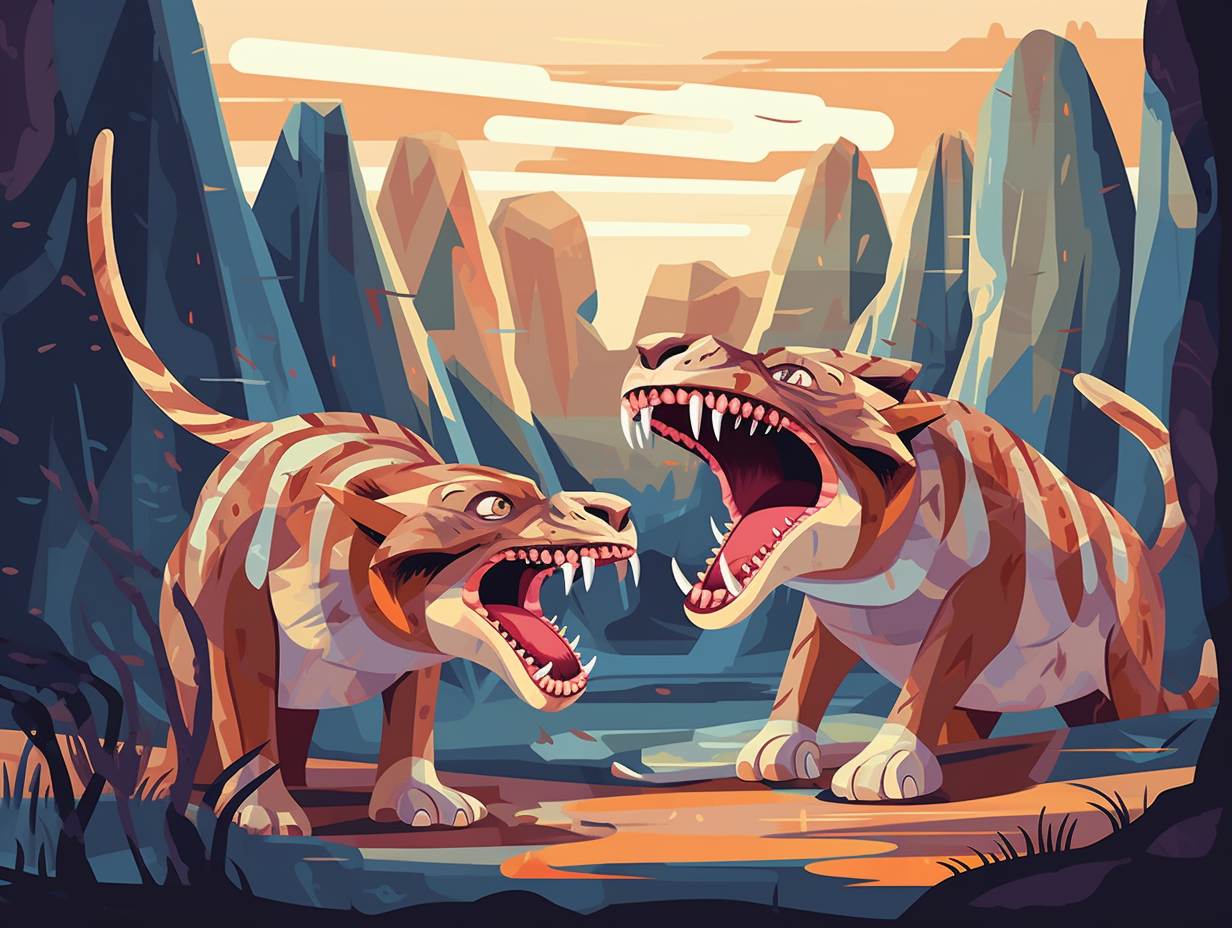
10. Cheshire Cat's Envious Cousin
If the Cheshire Cat from Wonderland had a prehistoric cousin it wanted to show off its pearly whites, it would absolutely be green with envy at the saber-toothed cat's shiny canines: Sporting the most impressive dental pair in the saber-toothed family, the Smilodon fatalis rocked a duo of upper canines measuring up to a whopping 11 inches long, primed for seizing and holding on to their prey with grinning ease.
Source => nps.gov
11. Prehistoric Dental Nightmare
Even prehistoric dentists would've shuddered at the sight of saber-tooth tiger braces: these fanged felines took a whopping 40 months to fully grow their massive canines, which could reach over 7 inches in length, due to the retention of their baby teeth for added support during the growth process.
Source => thisviewoflife.com
12. Camouflage Dress Code Mystery
Don't judge a prehistoric cat by its stripes, or lack thereof – the saber-toothed tiger had a camouflage dress code that would leave modern feline fashionistas baffled: Although their actual appearance remains a mystery due to the preservation of only their bones, it is believed that they sported shades of brown, tan, white, yellow, or even black if they were moonlighting predators, perhaps with a dash of spots for that extra stealthy touch.
Source => a-z-animals.com
Related Fun Facts



